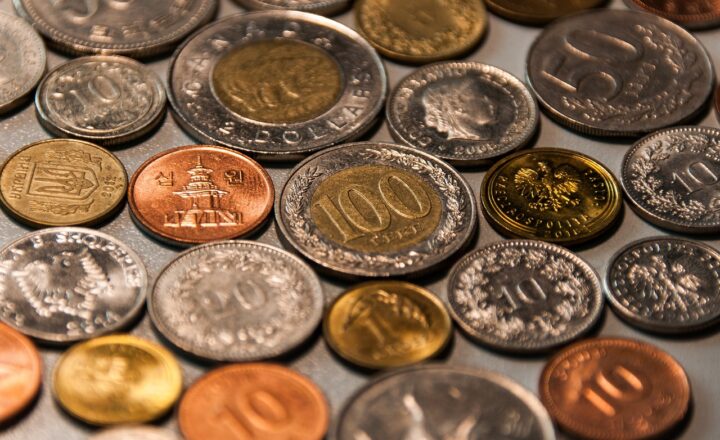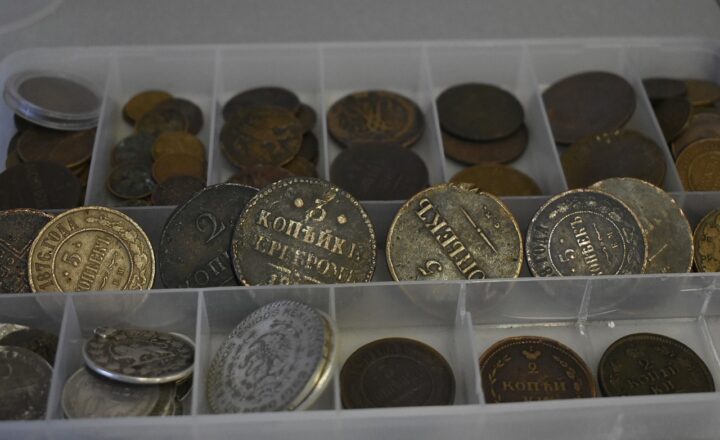The Use of Silver in Antique Currency: A Look at Historic Coins and Their Value
November 14, 2024

Antique currency often holds a certain allure, drawing in collectors, historians, and investors alike. Among the various materials used for minting currency, silver has held a prominent position throughout history. From ancient civilizations to modern times, silver has been prized not only for its beauty but also for its practical uses in trade. Understanding the use of silver in antique currency opens a window into history, allowing us to appreciate the economic, social, and political contexts in which these coins were produced.
1. The Historical Significance of Silver Coins
For millennia, silver has been used as a medium of exchange, often linked to trust and stability. Its significance can be traced back to the ancient Sumerians, who were among the first to use silver in trade around 3000 BC.
The value of silver coins was often marked against a standard weight to ensure uniformity and fairness in transactions. Ancient cultures such as the Egyptians, Greeks, and Romans recognized silver’s attributes as a durable and tangible currency.
This practice would influence future economies; even today, many currencies are backed by precious metals, although the gold standard has mostly taken precedence. Silver, however, continues to hold historical significance in the world of numismatics.
2. Coins of the Ancient World: Examples and Values
Antique silver coins offer a glimpse into the culture and economy of their time. Here are a few notable examples:
- The Greek Drachma: Circulating since the 6th century BC, the Drachma was a key currency in ancient Greece. Early versions were made from electrum—a natural alloy of gold and silver—while later issues used pure silver. As a popular currency used in trade, Drachmas from classical periods can fetch high values among collectors, especially in uncirculated conditions.
- Roman denarius: The silver denarius was the backbone of the Roman economy, introduced around 211 BC. Initially containing a high silver content, over time it became debased, which reflects the economic challenges of the empire. Quality specimens, particularly those from the early periods, can command impressive sums at auctions.
- The Spanish Peso: Known as the ‘piece of eight’, the silver peso played a crucial role in global trade from the 16th to 19th centuries. Minted in vast quantities, particularly in Mexico, these coins were often used in international trade, making them a significant element of economic history. Original coins can be highly sought after due to their historical value and silver content.
Each of these coins provides insight into their respective societies, economies, and even their artistic inclinations. The minting techniques and designs varied widely, reflecting cultural values.
3. The Value of Silver Coins Today
The value of silver coins isn’t strictly tied to their historical and numismatic value; rather, it blends intrinsic and market values.
– Intrinsic Value: This represents the metal’s worth, determined by current silver market prices. Given the fluctuating nature of silver prices, intrinsic value can vary significantly. As of recently, silver prices hover around $25-$30 per ounce. Therefore, a silver coin that weighs, let’s say, 1 ounce, inherently holds that value in raw material terms.
– Numismatic Value: This encompasses collector demand, rarity, and historical significance. Coins in pristine condition often attract higher premiums. Factors such as mintage numbers, historical events, and grade can dramatically influence what a collector is willing to pay for a specific coin.
It’s essential for collectors and investors to evaluate both aspects when estimating a coin’s value.
4. Tips for Collecting Antique Silver Coins
Collecting antique silver coins can be a rewarding hobby, but it helps to have some guidance:
- Research: Understand the historical context of the coins you’re interested in. Knowledge of various currencies, their history, and significance can help you make informed purchasing decisions.
- Rarity Matters: Look for rarer coins which might hold greater value due to scarcity. Limited issue coins or those with historical importance are often more sought after by collectors.
- Quality Over Quantity: Investing in high-quality coins often pays off more than amassing a large collection of lower-quality pieces. Always check the grade before making a purchase.
- Storage is Key: Ensure proper storage to maintain the condition of your coins. Use acid-free holders and avoid excessive handling to prevent wear and tear.
Creating a well-curated collection takes time, patience, and research. It’s recommended to connect with reputable dealers or numismatic societies for guidance and resources.
5. Conclusion: The Enduring Charm of Silver Coins
The world of antique silver currency is rich and diverse, offering insight into historical economies, cultures, and the evolution of trade. Silver coins not only retain their monetary value but also carry stories of past societies that valued them above all other materials.
Whether you are a casual collector or a dedicated investor, understanding how silver has been used in currency throughout history can deepen your appreciation for these beautiful relics of the past. Antique silver coins represent not only wealth but also a tangible connection to history that is both fascinating and educational, making them a treasured part of our global heritage.






